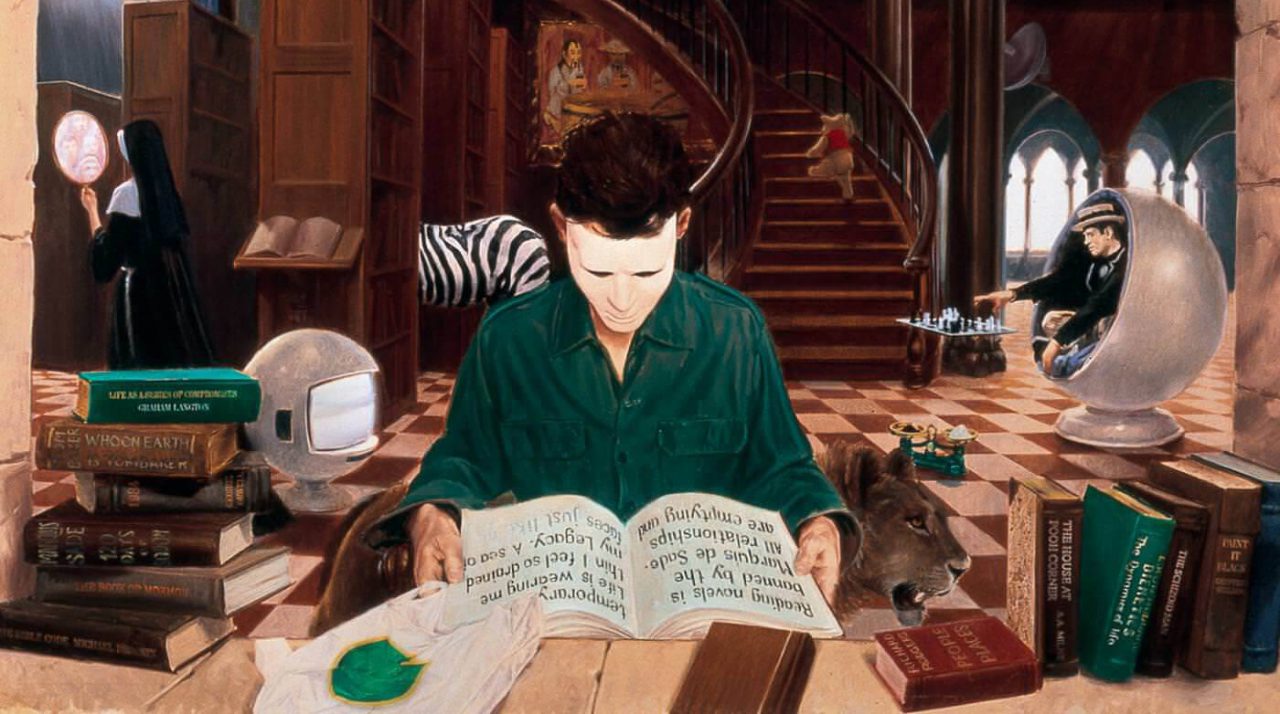Though I have finished my runthrough of Sierra’s adventure games as developed in-house and begun a look at LucasArts, I haven’t quite covered the full story of Sierra’s adventure game output – for Sierra were a publisher as well as a developer and did release a number of games made by other development houses, both independent firms and full Sierra subsidiaries.
These are frankly a mixed bag. Coktel Vision’s main adventure output, for instance, was the Gobliiins series, which I just can’t stand: it’s an interesting concept (you control a party of little goblins who must solve puzzles with their different skills, and the art style is rather unique and it makes an interesting attempt to convey narrative without language) marred by absurdly nonsensical puzzles and poor story logic. There’s a bit where you need to have a chat with a wizard, but he won’t talk to you until you physically put a diamond into his hand – which is subject of a puzzle – when in his own self-interest he should just stoop down and pick up the diamond when you lay it at his feet. It’s the sort of ridiculously obtuse crap that exists only to sell hint books.

Perhaps the most important of these development houses in adventure game terms was Dynamix, who became a wholly-owned subsidiary of Sierra’s in 1990. Adventure games weren’t Dynamix’s most significant output, mind – perhaps their biggest success was their line of flight simulators like the World War I-themed Red Baron – but they still made their mark on Sierra’s adventure game history. The 3D engine used in the ill-fated King’s Quest VIII was a repurposed version of one of their flight simulation engines; more directly, Mark Crowe took up a post at Dynamix after he exited the Sierra mothership, and it was his team at Dynamix, not Sierra, who developed Space Quest V, which I increasingly feel is the best entry in the series.
Dynamix would also develop another four graphic adventures, three in an intense burst from 1990 to 1991 and one in 1996. That latter one, Rama, was a Myst-alike based on the novel series by Arthur C. Clarke and Gentry Lee, complete with a FMV’d Clarke appearing after you beat the game to give you a little lecture about Rama’s ecosystem or giving you tips if you get killed. It was the second game to adapt the material, but sold poorly and sequels were cancelled; it is not available through any legitimate channel presently, which makes me suspect that the rights situation has become tangled. Since I cannot easily get it legitimately and don’t care about it enough to steal it, I’ll ignore its existence and cover the three adventure games which used the DGDS (Dynamix Game Development System) engine.
Spoilers: they’re trash.
Continue reading “GOGathon: The Early Adventures of Dynamix”






